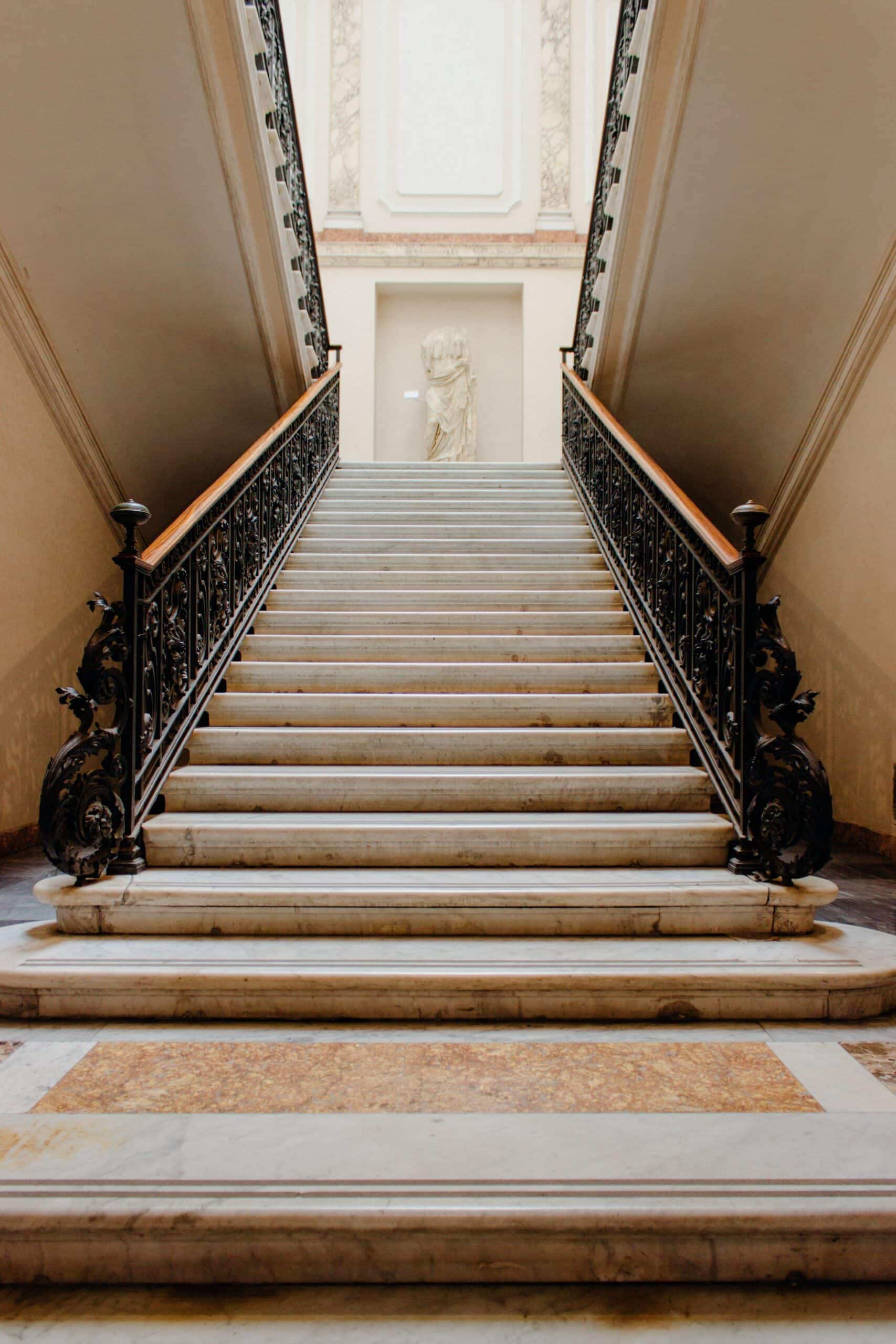Marble, a metamorphic stone formed from limestone, is renowned for its elegance, durability, and luxurious appearance. For centuries, marble has been used as a primary material in architecture, contributing to the construction of some of the most iconic and enduring structures in the world. From ancient temples to modern skyscrapers, marble has played a significant role in shaping architectural design, symbolizing beauty, permanence, and grandeur. This article explores the historical and contemporary uses of marble in architecture, its benefits, and the reasons for its lasting appeal.
The Historical Use of Marble in Architecture
The use of marble in architecture dates back thousands of years. Ancient civilizations, including the Greeks, Romans, Egyptians, and Indians, chose marble for its visual appeal and durability, associating it with power, divinity, and beauty. Many of the world’s most famous structures from antiquity are made of marble, demonstrating its timeless role in architectural design.
- Ancient Greece and Rome: The ancient Greeks and Romans were pioneers in using marble for both structural and decorative purposes. The Parthenon in Athens, one of the most famous ancient Greek temples, is constructed primarily of marble. Similarly, the Romans used marble in the construction of grand public buildings, temples, and monuments, such as the Pantheon in Rome. Marble was also extensively used for statues and sculptures, which adorned temples and other civic buildings.
- The Renaissance: During the Renaissance, marble became synonymous with artistic and architectural refinement. Renowned artists and architects, such as Michelangelo and Donatello, used marble in the construction of cathedrals, palaces, and public buildings. One of the most famous examples of Renaissance marble architecture is St. Peter’s Basilica in Vatican City, which features elaborate marble columns and altars. The intricate use of marble in these structures emphasized the connection between art and architecture, allowing architects to create visually stunning spaces that showcased both structural integrity and aesthetic beauty.
The Characteristics of Marble in Architecture
Marble is highly valued in architecture for several reasons. Its unique qualities make it a preferred material for both structural and decorative elements in a wide range of architectural styles.
- Aesthetic Appeal: One of the primary reasons marble has remained a staple in architecture is its stunning appearance. Available in a variety of colors, patterns, and textures, marble brings an air of sophistication and elegance to any building. Its natural veining and glossy finish create a sense of opulence, which is why it has been used in luxury hotels, palaces, and public monuments throughout history.
- Durability and Longevity: Marble is incredibly durable, making it an ideal material for structures meant to withstand the test of time. It is resistant to wear and can maintain its appearance for centuries, making it suitable for buildings and monuments that are intended to last for generations. Marble’s resilience to weathering has made it a popular choice in outdoor architectural features such as fountains, sculptures, and building facades.
- Workability: Marble is relatively easy to shape and carve compared to other natural stones, allowing architects and artisans to create intricate designs and detailed decorative elements. This workability has led to marble’s widespread use in columns, moldings, and other architectural embellishments, as well as in sculptures and statues that complement architectural forms.
Marble in Modern Architecture
While marble has long been associated with classical and Renaissance architecture, it continues to play a significant role in contemporary design. Modern architects use marble in a variety of ways to enhance both the function and appearance of buildings.
- Modern Skyscrapers: In modern urban architecture, marble is often used for both interior and exterior surfaces. While it is no longer used as the primary structural material in most buildings, marble remains a popular choice for luxury high-rise buildings and prestigious commercial properties. Marble’s ability to create an air of refinement is ideal for lobbies, hallways, and office spaces, while its durability ensures that these spaces will continue to look pristine over time.
- Sustainable Use of Marble: Today, architects are increasingly focusing on sustainable building practices, and marble is being utilized in more eco-conscious ways. For example, recycled marble is used in flooring, cladding, and decorative elements, offering the same aesthetic qualities while reducing the environmental impact. Additionally, modern marble extraction methods have become more sustainable, with improved techniques that minimize waste and energy consumption.
- Interior Design: In contemporary interiors, marble is frequently used for flooring, countertops, backsplashes, and feature walls. Its versatility and timeless appeal make it a perfect choice for kitchens, bathrooms, and living spaces. White marble, with its pure and elegant appearance, is often chosen for modern spaces, while darker varieties such as black or green marble create a bold, dramatic effect.
Benefits of Using Marble in Architecture
The enduring popularity of marble in architecture is due to its wide range of benefits, which include both functional and aesthetic advantages:
- Timeless Elegance: Marble’s beauty and ability to complement various design styles, from classical to contemporary, make it a timeless choice. Its inherent elegance elevates any architectural design, whether used in grand public buildings or residential homes.
- Heat Resistance: Marble’s heat resistance makes it a great material for kitchens, fireplaces, and other areas exposed to high temperatures. This property ensures that marble maintains its appearance and structural integrity even in environments with fluctuating temperatures.
- Maintenance: While marble requires regular maintenance to preserve its shine and appearance, it is relatively easy to clean and maintain compared to other materials like wood or fabric. With proper sealing, marble surfaces are resistant to stains and dirt, making them an ideal choice for both residential and commercial buildings.
- Sustainability: When sourced responsibly, marble is a sustainable material that can last for centuries, minimizing the need for replacement or renovation. Additionally, its natural beauty reduces the need for heavy artificial decorations, making marble an eco-friendly choice.
Marble has been a cornerstone of architectural design for thousands of years, celebrated for its elegance, strength, and versatility. From the grand structures of ancient Greece and Rome to the modern skyscrapers of today, marble continues to play a central role in the creation of beautiful, enduring buildings. Its timeless appeal, combined with its durability and workability, ensures that marble will remain a staple in architecture for generations to come. Whether used for grand columns, decorative flooring, or sleek countertops, marble remains a symbol of excellence in architectural design, providing both aesthetic beauty and lasting value.

